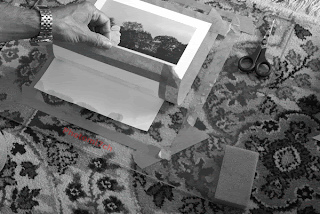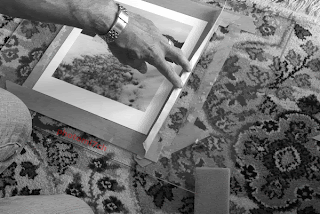The
year book is out.
Hopefully
this is the start of a new era of year books from the film anddarkroom users forum (FADU). Earlier in the year Ian a member of FADU
expressed his desire to have the year book started again and enquired
if any of the other members would be interested in taking part. To
his surprise there was a ground swell of enthusiasm for it to be
reinstated. A boost to its reincarnation was Les Mclean's offer to
curate and edit the book on behalf of the members.
This
is the first book since Dave Miller the forums owner bowed out of
producing the book back in 2012. There have been a number of calls by
different members to get it going again but were not able to find
anyone who had the time to get it off the ground. One of the main
differences is that a number of members have gotten together to form
a group to over see the submission process for the year book.
What
makes this year book different from others, and the forum for that
matter, is it's strict adherence to all pictures being scanned from
photographs. Likewise for a picture to be included in the book, each
associate was allowed to submit up to four photographs no larger than
8 x 10 in size. To be mailed to the submissions member no later than
the end of October. They were then sent on altogether to Les Mclean
for editing.
Another
good thing about the submission process for the book was any member
no matter what his or her level of experience, was invited to take
part. I have to add that FADU is a very friendly welcoming forum
who's members are always very willing to share their knowledge no
matter who or where you are in your analogue journey.
So
to the 2014 edition of the year book, i have to say there is a
wonderful selection of photographs reproduced in the book. In the
end, nineteen FADU supporters provided work for inclusion in the
book. Not as diverse as previous years editions but a good number to
start things going again. Of the seventy six photograph’s entered
forty have been chosen. Representing all genre of photography.
Thanks
goes to all the members who helped to make it a reality and a special
thanks to Les McLean for taking on the editorial role. I think his
involvement gave the project the impetus it needed to make it a
reality.








